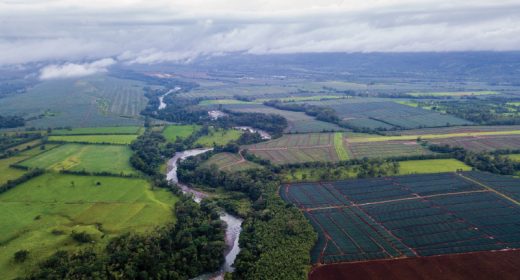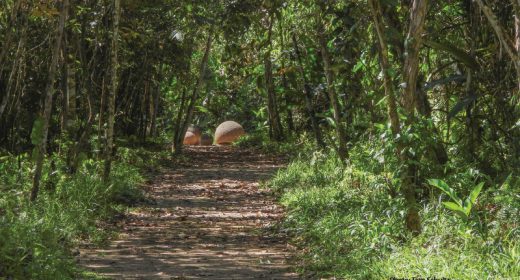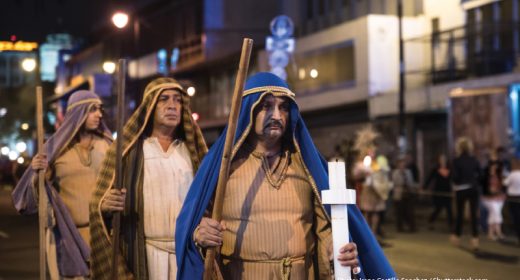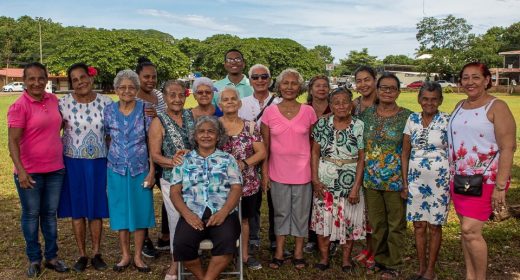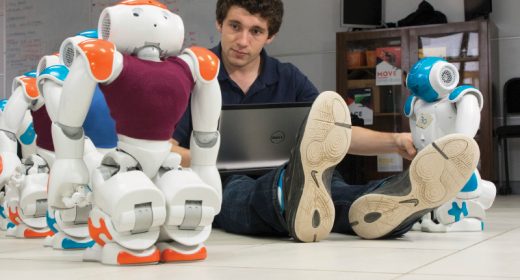
Spotlight – Multimedia Artist Otto Apuy, Favorite Son of Cañas
- MAR 02, 2018Warning: count(): Parameter must be an array or an object that implements Countable in /home/howlermag/public_html/old/wp-content/themes/new-paper/includes/general.php on line 193
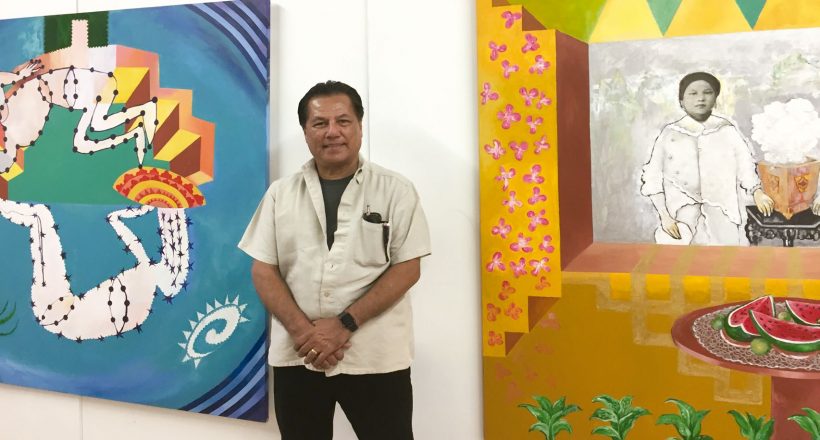
Your Lead Paragrpah goes here
For anyone growing up in the 1950s and ’60s, going to the “picture shows” was a fascinating and captivating experience. But for Costa Rican artist Otto Apuy, the arrival of a new film at the two theatres in Cañas, owned by his grandfather, was exhilarating. Otto recalls seeing movies almost every day as a young boy and teenager, and at age 11 he started painting the posters announcing films with text and graphics.
“This was my first artistic influence,” he told us about the medium that gave him extensive practice in drawing, lettering and painting. “I still have many images in my head, like Walt Disney, Westerns, Godzilla, Frankenstein and many Roman soldiers.”
Otto’s primary pastime left a lot to his imagination when it came to illustrating swords, Viking boats, catapults, towers, arrows and landscapes. There were times when a new film would be delivered by bus, but without any photos or visual materials to work with.
“All that was provided were the film credits or genre, like ‘Western movie’ or ‘Roman film.’ I had to imagine the context and produce illustrations of the actors or content, like Tarzan, Superman or John Wayne,” he said.
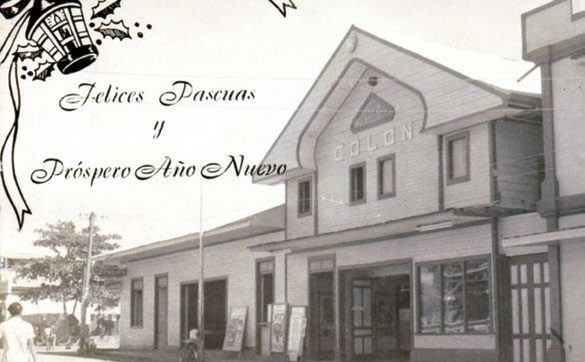
This Apuy family Christmas card photo (1959-60) shows three buildings in Cañas, designed and built by Otto Apuy’s grandfather. On the front sidewalk of the Cinema Columbus are movie posters Otto designed and created as a youth.
Challenged to live his life as a multimedia artist, Apuy has been inspired by his own creativity, its gratification and diversity. When asked to provide a small sculpture for the Iglesia de Cañas, Otto was consumed by the challenge to the point of transforming his hometown. More than a million pieces of mosaic tiles now cover the exterior of the church and its 100-foot tower.
In addition, Apuy is a well-respected published author. His most recent novel, “Viaje al Remoto Puntalín,” centers around the migration of Chinese people to Costa Rica. It was bestowed with the honor of being declared “of cultural interest” in Costa Rica.
Apuy has participated in more than 150 exhibitions around the world, both individual and collective. His numerous awards include Costa Rica’s national prize, el Gran Premio de la Bienal de Escultura, and Bienarte Central America; the national prize la Gran Nicoya; and “Outstanding Son of Chinese Immigrants,” Confucio Institute, University of Costa Rica.
The Hidden Garden Art Gallery offers a permanent exhibit of Apuy’s paintings. Stop in for a visit to enjoy his remarkable talents.

